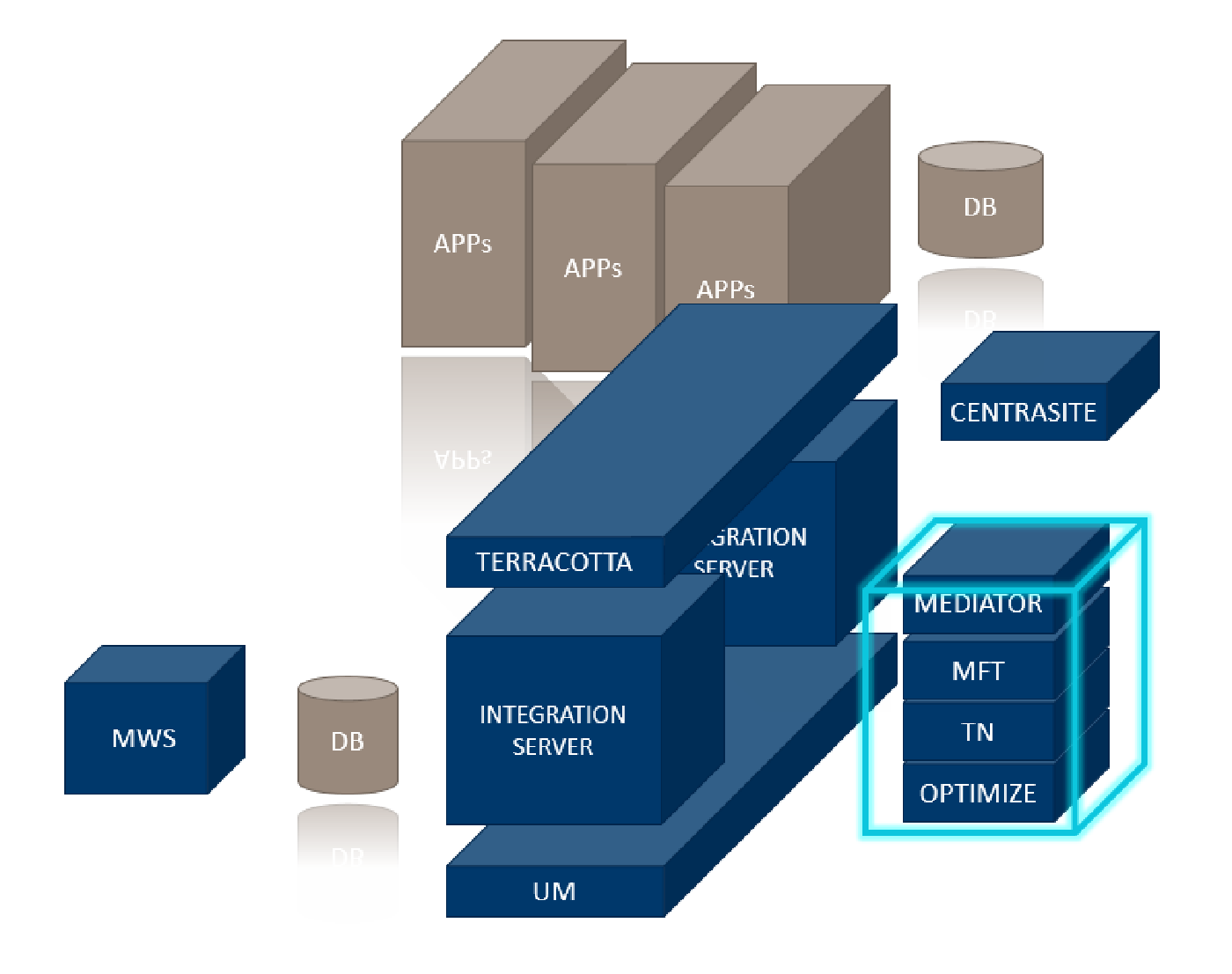At the core of the webMethods(tm) suite is the ESB (Enterprise Service Bus) comprising the Integration Server component and a messaging provider of the webMethods Broker(tm) and/or its successor the "Universal Messaging".
It is the ESB that facilitates EAI (Enterprise Application Integration) through direct access via Integration Server hosted Application Adapters, SOAP, REST, JMS, Java/C/C++ client context. Comunication is over HTTP(s), FTP(s), JMS, File Polling or even eMail.
EAI Business Logic is supported in the ESB via external clients, Integration Server hosted FLOW and JAVA/C/C++ services and in the later versions even via POJOs hosted in the Application Platform.
In much the same a program orchestrates to function so to does FLOW and BPM however, FLOW orchestration is scoped to an Integration Server whereas BPM can orchestrate across your infrastructure through the use of the messaging provider using either IData or JMS as its communication media.
A service is an autonomous function meaning it is an independent brick in the building of your solution. Just as in the real world an actual building is made up of specialised bricks so to are your EAI solutions, so it makes sense to protect your specialism with design time governance enabling better informed decisions whether a service should be cloned for change or changed directly.
Run time governance can be applied to services exposed by SOAP, REST or plain XML by virtualising them on the Mediator thereby hiding the actual end point for security and/or better maintenance.
How well is your EAI performing is subjective but with the careful application of Optimize(tm) and/or Insight(tm), what was once subjective can be tangible, meaningful, measurable.
